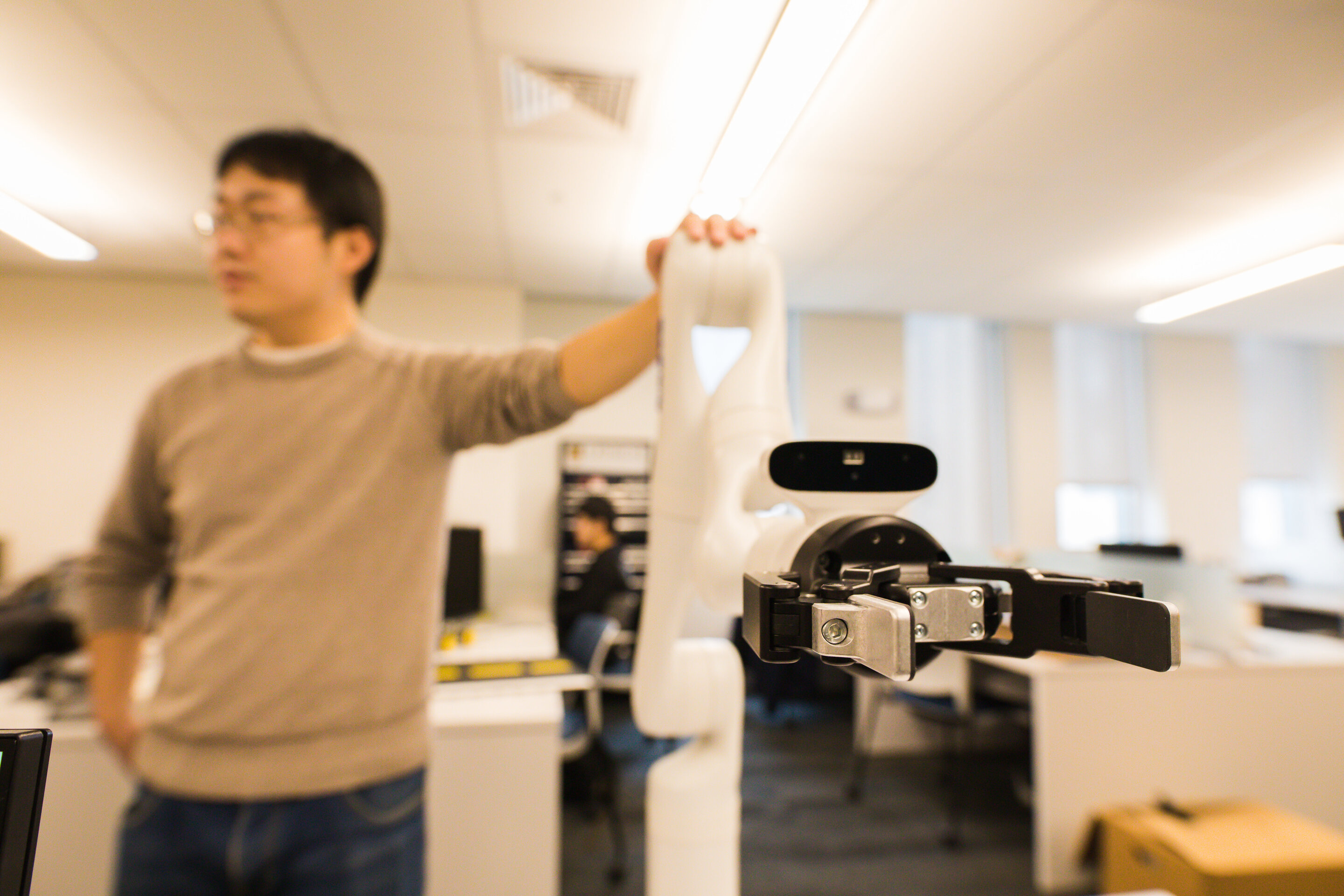#Tumor necrosis factor inhibitor treatment to slow progression of spondyloarthritis

“#Tumor necrosis factor inhibitor treatment to slow progression of spondyloarthritis”

Sacroiliitis is an inflammation of the sacroiliac joints, situated where the lower spine and pelvis connect. Sacroiliitis is linked to the disease axial spondyloarthritis (axSpA) and visible via X-ray. Observational cohort studies have shown that there is low, but still detectable progression in radiographic sacroiliitis, which might also have an impact on the function in patients with axSpA. Recent data show that tumor necrosis factor inhibitors (TNFi) might slow spinal progression when started earlier and taken for longer. However, the question of whether they also have such an effect on radiographic progression in sacroiliac joints is still unclear.
Murat Torgutalp and colleagues investigated the longitudinal association between radiographic sacroiliitis progression and treatment with TNFi in patients with early axSpA in a long-term inception cohort. The results were shared in an oral session at the 2021 EULAR congress.
Based on the availability of at least two sets of sacroiliac joint (SIJ radiographs), 166 people with non-radiographic axialspondyloarthritis (nr-axSpA), and135 with radiographic (r-axSpA), from the German Spondyloarthritis Inception Cohort (GESPIC) were included in the analysis. Two trained and calibrated central readers scored the radiographs, and if both scored an image as definite radiographic sacroiliitis, the patient was classified as having r-axSpA. The association between previous and current TNFiuse, and change in the sacroiliitis sum score over 2 years was analyzed.
At baseline, 9 (3.0%) patients were treated with a TNFi, and 87 (28.9%) patients received at least one TNFi during the entire follow-up period. While receiving 12 or more months of TNFi in the previous interval was associated with lower progression of the sacroiliitis sum score compared to not receiving TNFi in the previous interval, this was not the case in patients who received TNFi for longer than 12 months in the current 2-year interval. The significant association between TNFi use for longer than12 months in the previous interval and progression in the sacroiliitis sum score were confirmed in the adjusted analysis. In addition, a similar trend for the beneficial effects was observed in different models, which included other treatment definitions with TNFi in the previous 2-year interval.
The authors concluded that TNFi treatment was associated with slowing radiographic sacroiliitis progression in people with axSpA. This effect became evident 2-4 years after treatment initiation.
AI accurately detects radiographic sacroiliitis in axial spondyloarthritis
Provided by
European Alliance of Associations for Rheumatology
Citation:
Tumor necrosis factor inhibitor treatment to slow progression of spondyloarthritis (2021, June 18)
retrieved 19 June 2021
from https://medicalxpress.com/news/2021-06-tumor-necrosis-factor-inhibitor-treatment.html
This document is subject to copyright. Apart from any fair dealing for the purpose of private study or research, no
part may be reproduced without the written permission. The content is provided for information purposes only.
If you liked the article, do not forget to share it with your friends. Follow us on Google News too, click on the star and choose us from your favorites.
For forums sites go to Forum.BuradaBiliyorum.Com
If you want to read more Like this articles, you can visit our Science category.


